If you’ve ever visited Turkey, you know that Turkish tea, or çay (pronounced chai), is more than just a drink. It’s a symbol of hospitality, a reason to pause, and a warm welcome served in a beautiful tulip-shaped glass. The rich, amber color and bold flavor are unforgettable. I used to think making it at home would be complicated, but I’m here to show you just how simple this beloved Turkish tea recipe really is.
You don’t need to be a tea master to brew the perfect cup. With just a few simple ingredients and our easy-to-follow steps, you’ll be sipping on authentic Turkish tea in no time, feeling like you’ve been transported straight to a cozy café in Istanbul.
“For me, Turkish tea isn’t just a beverage; it’s a ritual of hospitality and connection. I’m so excited to share my family’s simple method for this amazing Turkish tea recipe with you.”
Sophia Martinez
My First Sip of Real Turkish Tea
I’ll never forget my first trip to the Grand Bazaar in Istanbul. The air was buzzing with energy, filled with the scent of spices and leather. A friendly shopkeeper invited my family into his rug shop, not to pressure us to buy, but to share a cup of tea. He brought out a steaming tray with delicate glasses filled with a deep red liquid. That first sip was a revelation! It was strong but not bitter, incredibly fragrant, and so comforting.
I learned that day that making and sharing tea is a cornerstone of Turkish culture. It’s offered everywhere—in homes, shops, and offices. I was determined to learn the authentic Turkish tea recipe so I could recreate that feeling of warmth and welcome back home. After many tries and tips from Turkish friends, I perfected this simple method, and it tastes just like the tea I fell in love with.
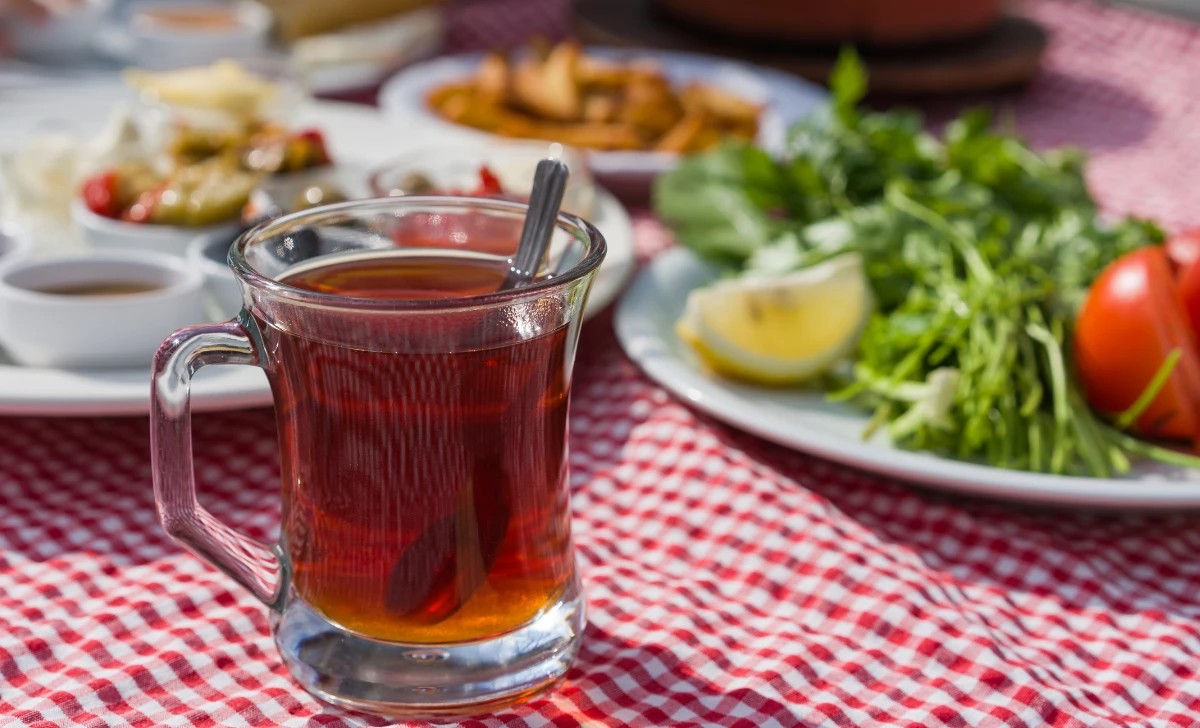
Turkish Tea Recipe
Equipment
- Turkish Teapot (Çaydanlık) or two stackable pots
- Small tea glasses
Ingredients
- 5 tbsp loose-leaf Turkish black tea
- 8 cups filtered water
- Sugar cubes (optional, for serving)
Instructions
- Fill the bottom pot of the çaydanlık with the water and bring to a boil over high heat.
- Place the loose-leaf tea in the empty top pot and place it on top of the bottom pot to warm the leaves with the rising steam.
- Once the water boils, pour half of it into the top pot over the tea leaves. Reduce the stove heat to low.
- Let the tea steep for 15-20 minutes over the simmering water. The concentrate will become dark and fragrant.
- To serve, pour concentrate into a tea glass (1/4 full for light tea, 1/3 full for strong tea). Fill the rest of the glass with hot water from the bottom pot. Serve with sugar cubes on the side.
Notes
My Top 7 Tips for a Perfect Turkish Tea Recipe
- Always Use Loose Leaf Tea: Tea bags just won’t cut it. The quality and flavor of loose-leaf black tea are essential for an authentic brew.
- Warm the Leaves: Don’t skip the step of warming the dry leaves in the top pot. This little trick really helps to awaken the flavor.
- Patience is Key: Don’t rush the steeping process! A good 15-20 minute steep is crucial for developing that rich, full-bodied flavor.
- Serve in Proper Glasses: The traditional tulip-shaped glasses aren’t just for looks. Their shape helps keep the tea hot longer and allows you to appreciate its beautiful color.
- Control the Strength: The best part about this Turkish tea recipe is that everyone can customize their cup. Start with a little concentrate and add more until you find the strength you love.
- Keep it Simmering: You can leave the çaydanlık on a very low simmer for an hour or so, allowing you to refill glasses as you chat with friends and family.
- Embrace the Health Benefits: Black tea is not just delicious; it’s also packed with antioxidants called flavonoids, which are beneficial for heart health. According to Healthline, a trusted source for health information, regular consumption can contribute to overall wellness.
Turkish Tea Recipe Variations to Try
While the classic is perfect, here are a few fun twists:
- Minty Turkish Tea: Add a few fresh mint leaves to your glass before pouring the tea for a refreshing twist.
- Spiced Turkish Tea: Add a small cinnamon stick or a few cloves to the tea leaves in the top pot before brewing for a warm, spiced flavor.
- Lemony Turkish Tea: Serve with a thin slice of lemon, which adds a bright, zesty note.
- Iced Turkish Tea: Let the brewed tea cool completely. Serve it over ice with a sprig of mint and a lemon wedge for a perfect summer drink.
- Herbal Infusion: Mix in a pinch of dried sage or linden flowers with your black tea leaves for a unique, floral aroma.
How to Store Your Turkish Tea
If you have leftover tea, don’t throw it away! You can easily store it for later.
- Storing: Let the tea concentrate cool completely. You can store the leftover concentrate from the top pot in an airtight container in the refrigerator for up to 2 days. Do not mix it with the water from the bottom pot.
- Reheating: To enjoy your stored Turkish tea, simply reheat the concentrate gently on the stove. Boil fresh water separately. Pour the desired amount of concentrate into your glass and dilute with freshly boiled water, just like you did the first time.
Perfect Pairings
Turkish tea is wonderful on its own, but it’s even better when paired with a tasty treat. Try serving your freshly brewed çay with:
- Simit: A circular, sesame-crusted Turkish bread.
- Turkish Delight (Lokum): The classic sweet and chewy confection.
- Baklava: Sweet, flaky pastry layered with nuts and honey.
- Simple Butter Cookies or a slice of Lemon Poppy Seed Bread.
Conclusion
Mastering this authentic Turkish tea recipe is about more than just making a drink; it’s about embracing a tradition of warmth, conversation, and hospitality. It’s surprisingly simple, deeply rewarding, and a wonderful way to slow down and connect with others. I hope you enjoy brewing and sharing this little piece of Turkish culture as much as I do. Cheers, or as they say in Turkey, Şerefe!
Ready for another delicious adventure? Explore more delicious recipes here at SpoonnSpice!
FAQs
What is special about Turkish tea?
Turkish tea is special because of its unique brewing method using a çaydanlık (double teapot), its strong flavor that can be customized, and its cultural significance as a symbol of hospitality in Turkey.
What kind of tea is used for Turkish tea?
Traditionally, a specific type of loose-leaf black tea grown in the Rize province of Turkey is used. If you can’t find Turkish tea, a high-quality, strong loose-leaf black tea like Ceylon is a good substitute.
Do you put milk in Turkish tea?
No, it is very uncommon to add milk to Turkish tea. It is traditionally served black, with sugar cubes offered on the side for sweetening.
Why is Turkish tea served in special glasses?
The small, tulip-shaped glasses allow you to see the tea’s rich color, they are easy to hold, and their shape helps to keep the tea warm while you sip it slowly.
How strong should Turkish tea be?
The strength is a matter of personal preference! It is served by pouring a strong concentrate into a glass and then diluting it with hot water. Koyu (dark) is strong, and açık (light) is weak.
What is a çaydanlık and do I need one?
A çaydanlık is a traditional Turkish double teapot. While it’s the best tool for the job, you can mimic the process using two stackable pots or a small saucepan with a teapot on top.
How is Turkish tea different from English tea?
The main differences are the brewing method and strength. Turkish tea is brewed as a concentrate and diluted in the glass, while English tea is typically steeped directly in a pot or mug. Turkish tea is also generally stronger.
What do you eat with Turkish tea?
It’s often enjoyed with savory pastries like börek or simit in the morning, and with sweet treats like baklava or Turkish delight in the afternoon.
Can I make Turkish tea without a double teapot?
Yes! You can use a small saucepan to boil the water and a separate, smaller teapot to brew the concentrate. Simply pour the boiling water from the saucepan into the teapot to steep the leaves.
Is Turkish tea healthy?
Yes, like other black teas, it is rich in antioxidants. When consumed without too much sugar, it’s a healthy beverage that can contribute to heart health and hydration.


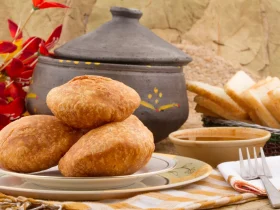
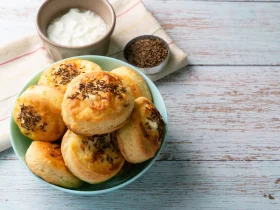
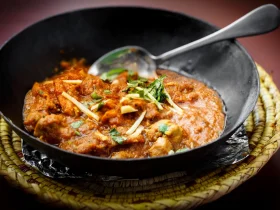

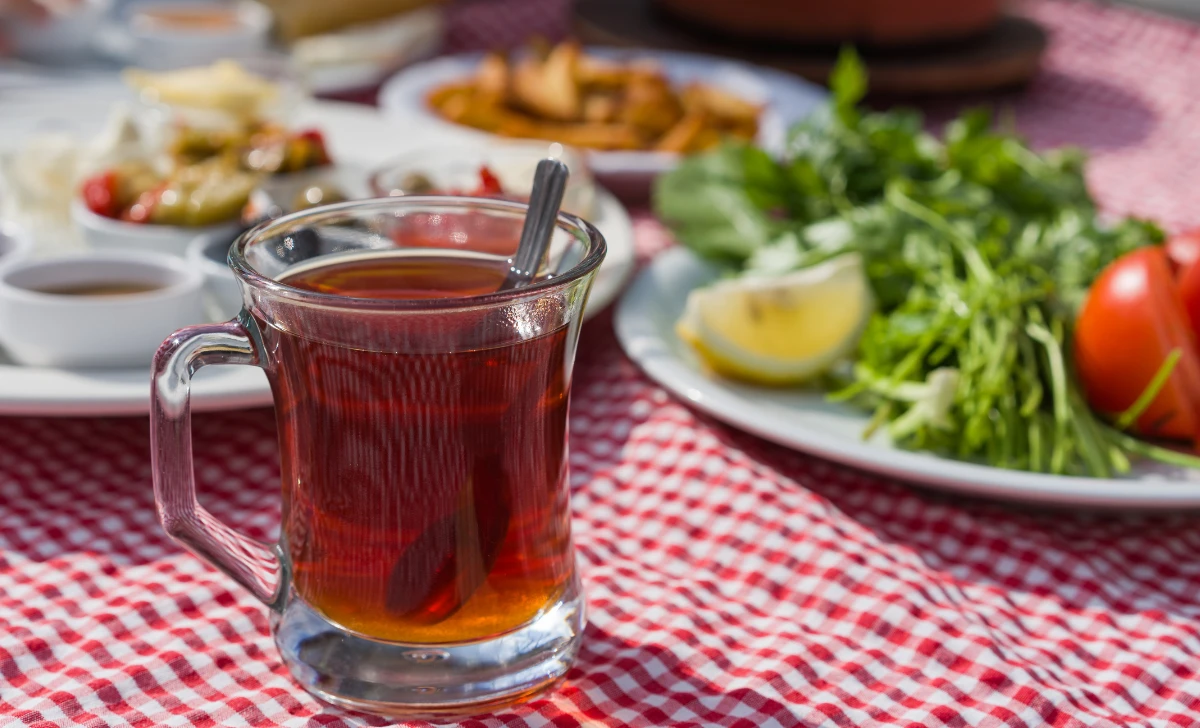
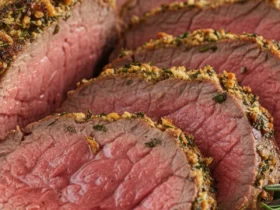






Leave a Review